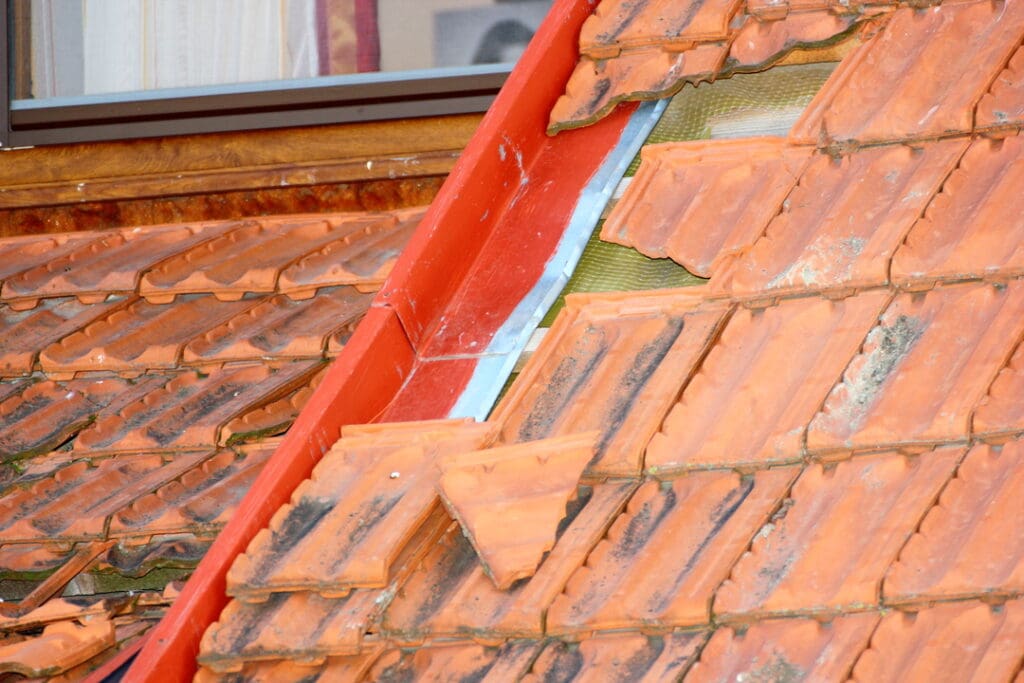
Published on December 31, 2019
As roofing materials become more advanced, residential roofs are lasting longer and longer. But at some point, especially in wet climates like the Pacific Northwest, damage may lead to a leaky roof. Even a metal roof system, if properly installed, can have a water leak or two if sealants break down.
When a leak occurs it can be hard to determine where it is coming from. Once a small leak starts, water can travel in many directions. If you notice a spot in your ceiling, it doesn’t mean it’s necessarily directly above the stain. If left unattended, however, it could do a lot of damage to your home.
Here are some common reasons for roof leaks and what you can do to minimize water damage.
Ice dams
Walk around the boundary of your home and check to see if there have been any ice accumulation. When water freezes, it expands. If the gutters are clogged with debris and water is allowed to fill the gutters, it could back up into your shingles. When it freezes, that ice could actually lift your shingles. When the ice melts, it could leak directly into your home.
Then it refreezes, lifting the shingles, and more water is allowed in when it melts. The best way to keep this from happening is to clean your gutters when all of the leaves have fallen. Depending on the weather, it might make sense to hire a professional. They have all of the proper tools and safety gear to get the job done right.
Cracked or missing shingles
Many roofs in Oregon and Washington are using composite asphalt shingles. They are more durable than the 3-tab shingles that were so common decades ago. However, when bad weather strikes, your roof can take a real beating. Individual shingles may need to be repaired or replaced.
After severe weather, make sure you check your roof for any cracked or missing shingles that have been damaged. All it takes is one misplaced shingle for a small leak to start. If you notice any damage, make sure you get an inspection by an experienced roofing contractor. You may only need to replace a shingle or two.
Damaged Flashing
Flashing is used around chimneys, roof vents, or skylights to protect the areas where the roofing has been interrupted. If improperly installed, rainwater can leak directly into the home. In the case of a chimney or vent, it may not be detected until it’s too late. If you start to see mold or mildew on your walls, there is a serious problem.
Make a visual inspection of those areas every few months to make sure they are in good shape. If the flashing has pulled away, call a seasoned roofing professional to fix the issues and inspect any damage. It could be the difference between new flashing and having to replace all of the drywall in a room or two.
The best way to prevent an unexpected roof leak is to stay on top of regular roof maintenance. If you notice anything out of the ordinary, contact the experts at Warner Roofing to help. We will repair it or advise you on other steps that need to be taken to protect your home, so contact us today!